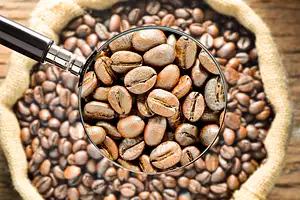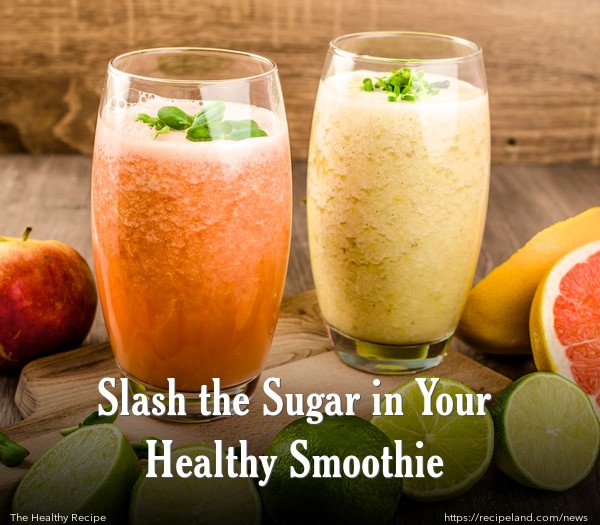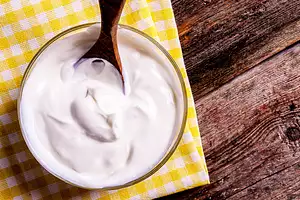A smoothie often makes a great choice when you want something quick and healthy to eat. But, if you are not careful, those delicious shakes may be the equivalent of a colourful milkshake. When you use certain fruits, you may be adding more grams of sugar than you might find in two cans of full-sugar soda.
Sure, you think you are making good choice by using only natural sugars, like the ones found in honey and fruits, but these sugars are not very different than those found in other sources, allowing them to send your blood-sugar levels through the roof. This is not the healthy choice that you really want to make, even though it seems to taste delicious.
So, what can you do to improve your situation? Here are a few tips for you to try to make your smoothie:
1. Choose the right smoothie base
Sure, bananas give your smoothie a great texture, but when you add in two frozen bananas, you are starting out with 30 grams of extra sugar that you don’t need. Instead of bananas, opt for an avocado for a similar texture with much lower sugar. Plus, you will get a higher dose of fibre and even more potassium, plus plenty of healthy fatty acids. Half of a pear plus a handful of ice can also add just the right texture to make it pleasant. Just steer clear of heavy frozen bases like ice cream or frozen yoghurt, which will add tons of extra sugar and fat.
2. More green veggies
Adding green veggies to your smoothie is probably the best way to boost your nutrients. Try adding kale, collard greens or spinach to add some bulk and a ton of vitamins and nutrients to your smoothie—without adding any extra sugar.
3. Less fruit is better
Sure, this sounds counterintuitive when you are making a fruit smoothie, but there are a lot of fruits that will send the sugar levels of your smoothie skyrocketing—even though they are natural sugars. Frozen berries are the best choice, but keep other choices like bananas, pineapple and mango more sparingly.
4. Use the right milk
Many of the milk alternatives have a lot of added sugar to sweeten them, like almond milk or coconut milk. Stick to regular cow’s milk for your dairy source, unless you have a sensitivity to dairy. The alternatives usually contain too much sugar to consider them a healthy choice. Green tea, the unsweetened versions, or even plain water, make for better options.
5. Non-sugary smoothie boosts
Instead of using sweetened protein powder, sweetened yoghurt, honey or other sugary flavours, make sure you are choosing unsweetened protein powders (not artificially sweetened!) and add chia seeds, flax seeds, hemp seeds, raw nuts, spirulina greens, carob powder, lemon juice, cacao powder, or even probiotic powders.
6. Make it a meal
Remember that your smoothie is intended to be a meal replacement, not necessarily a snack. So, make it full of healthy ingredients, and then skip the full meal. If your smoothie contains a good balance of protein, carbs, veggies and fruits, you will feel quite satisfied and won’t need a full meal afterward.
Smoothies make a great choice when they are properly prepared. Choose the healthiest ingredients to ensure that your smoothies contain high amounts of vitamins, nutrients and fibre, and low amounts of sugar and unhealthy fats.









Comments